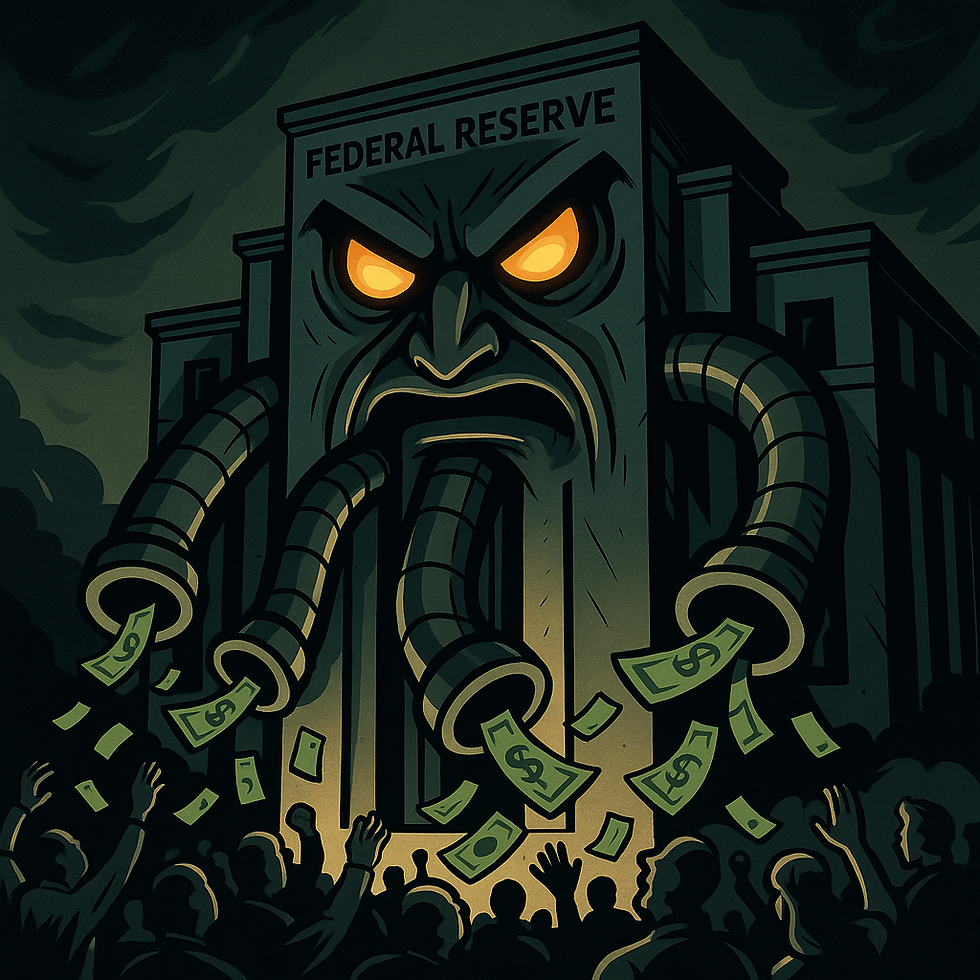Income Policy #1: School Choice
- Jack Connors
- Oct 16, 2024
- 4 min read
Updated: May 4
School choice would help those who most need education, low income racial minorities.

Original Proposal: The Myth of American Inequality: How Government Biases Policy Debate
-Phil Gramm, Robert Ekelund, John Early
Proposal: Allow parents the option to allocate the per student investment towards the charter or public school of their choice.
A phone made by the government would cost a fortune, weigh a ton, arrive late, then
once it finally arrives, won't work. This expression stuck for a reason. Governments are bad at innovation. Reason being that the public sector doesn't operate under the same incentives as markets and therefore is worse at creating anything anyone would want to buy. With broad support of this notion, it's a wonder we still allow our government to produce arguably our most important product, our education.
Universal public education once served a purpose. In a country of immigrants it helped turn a melting pot into a country by providing shared values and language. However, two hundred years later, we're left only with the drawbacks of a monopoly, high prices and low quality. The correlation between spending and student outcomes of the past 40 years, for all 50 states is just 0.075.
Think of this from the standpoint of an employer. If you keep giving your employees more money and they don't improve their performance, would you continue paying them more? Most likely not. However, the allure of "investing in our youth" is so attractive we don't realize funneling money into a monopoly doesn't help our kids.
We can't put all the blame on schools. IQ, drive, family, and zip code are all determinants of student outcomes, some more so than school itself! This makes it difficult to properly evaluate public schools.
We can't know for a kid turns out the way she does because of public school when there's a cocktail of other determinants. Nor can we honestly compare public to private schools outcomes. Private schools typically require tuition which self-selects wealthy people. Instead of private schools being the reason Andrew got into Harvard it may be because of his parents' donations to their alma mater. These confounders make it difficult to isolate the impact of a public school education. Without removing these confounders it's difficult to justify pulling resources away from public schools if the problem is elsewhere.
Charters solve this problem.Charters represent the gold standard of causal inference. By determining enrollment via lotteries, charters naturally set a randomized control trial (RCTs). Using a lottery (random selection) removes any bias to the parent's wealth, the student's IQ, and their drive. This point is crucial and deserves some explanation. If you've ever seen how farmers test different fertilizers, you understand the causal nature of RCTs. Agricultural Trials are a practice farmers use where they divide small plots of land into squares. Each square receives a different fertilizer and in so doing ensures the results are due to the fertilizer and not the section of ground, rainfall or other factors. Repeated enough times over large enough samples, difference in crop yields are attributed to the fertilizer. Charters work the same way with the public or charter school being the fertilizer and the students the square plots. Ironically, sometimes all you need to be certain is randomness.





